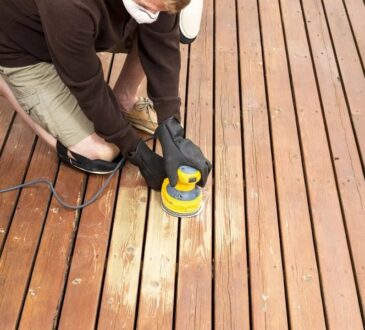
In air duct cleaning, adherence to Occupational Safety and Health Administration (OSHA) regulations is not just a legal requirement but a cornerstone of ensuring workplace safety and professionalism. As air duct cleaning technicians navigate their daily tasks of improving indoor air quality, it is crucial to be well-versed in the specific OSHA standards that govern their work. Let’s delve into the key regulations that every technician should know to maintain safety and compliance.
The Importance of OSHA Training in Air Duct Cleaning
Air duct cleaning involves intricate procedures aimed at removing dust, allergens, and contaminants from HVAC systems. While the focus is on enhancing indoor air quality, technicians must prioritize their safety and that of others during service delivery. OSHA plays a pivotal role in setting and enforcing workplace safety standards across various industries, including air duct cleaning.
Personal Protective Equipment (PPE)
Personal Protective Equipment (PPE) forms the first line of defense against potential hazards in air duct cleaning. According to OSHA standards, technicians must be equipped with appropriate PPE tailored to the specific tasks they perform. This includes but is not limited to respirators, gloves, eye protection, and protective clothing. Each piece of equipment serves to mitigate risks associated with exposure to dust, chemicals, and confined spaces commonly encountered during air duct cleaning operations.
Respiratory Protection
Respiratory protection is particularly critical in air duct cleaning due to the potential exposure to airborne particles and contaminants. OSHA mandates the use of respirators in environments where the concentration of airborne contaminants exceeds permissible exposure limits (PELs). Technicians must undergo fit testing and training on proper respirator use to ensure effectiveness and safety.
Hazard Communication
In the course of air duct cleaning, technicians may encounter various cleaning agents and chemicals aimed at disinfecting or removing contaminants. OSHA’s Hazard Communication Standard (HCS) requires employers to provide comprehensive training on chemical hazards and safe handling practices. This includes understanding the labels, safety data sheets (SDS), and potential health effects associated with each chemical used in the process.
Confined Space Entry
Air duct systems often contain confined spaces where technicians may need to work to access and clean components. Effective osha training outlines specific protocols for safe entry into confined spaces, emphasizing the importance of proper ventilation, atmospheric testing, and emergency procedures. Training in confined space entry ensures that technicians are equipped to identify and mitigate potential hazards before entering such environments.
Electrical Safety
Electrical hazards pose significant risks during air duct cleaning, especially when working near HVAC components and electrical panels. OSHA standards require technicians to be trained in electrical safety practices, including lockout/tagout procedures to prevent accidental energization of equipment. Adherence to these protocols reduces the risk of electrical shock and ensures a safe working environment for all involved.
Safeguarding Against Height Risks
Some air duct systems may require technicians to work at heights, such as when accessing ducts located above ground level. OSHA regulations mandate the use of fall protection measures when working at heights exceeding certain thresholds. This includes the use of harnesses, guardrails, or other approved methods to prevent falls and protect against serious injuries.
Bloodborne Pathogens
While not as commonly associated with air duct cleaning as in healthcare settings, OSHA’s Bloodborne Pathogens Standard remains relevant. Technicians must be aware of potential exposure to blood or other potentially infectious materials during service calls where unexpected conditions may arise. Training in bloodborne pathogens ensures that proper precautions are taken to minimize risks and respond appropriately to any incidents.




